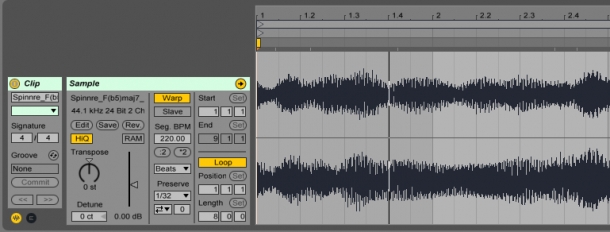

This guide starts by outlining what a sample is and how to use samples & audio loops to make music.
Now you can use Fruity Slicer like any other virtual instrument to make your own patterns.After recently going through “ How to load MIDI files into FL Studio“, we have now designed this easy-to-follow guide to help you learn how to import samples into FL Studio. At this stage, you should have your samples loaded and key mapped to your midi keyboard (if you’re using one). You can choose to slice by fractions if you prefer, but using more slices will add complexity later. I recommend you choose “Beat” as your slicing option for the best results. Click the slicing button and choose from the incremental options. Once you load the sample, change the tempo of Fruity Slicer to the tempo of the sample. Navigate to the audio file you want to import. Next, load the sample by clicking on the sample button, and choosing “load sample”. So for now, let’s return to Fruity Slicer to keep things simple… First, open a new instance of Fruity Slicer in your sequencer. Fruity Slicer is just a sampler instrument, and is simpler to use. This makes it great for customizing each slice and sampling drum loops. Slicex is a sampler instrument AND an audio editor. But that’s beyond the scope of this tutorial… So what’s the difference between Fruity Slicer and Slicex, you ask? Other tools, like Slicex and various third party samplers, offer more advanced customization. 
For this tutorial, we’re going to use Fruity Slicer. Using a sampler, you can split your loops into sections and arrange them into new patterns.
If you’re unsure what key makes up the notes, refer to a reference chart. Then listen to the loop, and play the notes on your piano roll that make up the chords of the music. To manually find the key of your sample, open a new instance of a simple instrument plugin, like FL Keys, in the channel rack. This step requires some basic music theory, and is entirely optional. How to find the key of samples in FL StudioĪfter you’ve found the tempo, you may want to find the key. 
Your best bet is to learn how to count beats using the first method. Then, the software will provide an estimated tempo of the sample.
In the new dialog window that pops up, click the option with the widest range. Just right click the waveform icon in the top left corner of the audio file, and click on Detect tempo. Another way to find the BPM of your sample is to use FL Studio’s tempo detection feature. This confirms that your project tempo is in sync with your sample. Then change your project tempo settings until the loop matches the bars of the grid. Start by aligning the sample with the start of the song in the Playlist. This ensures that the elements in your beat are in rhythm. It helps you align the BPM of your project with your sample.







 0 kommentar(er)
0 kommentar(er)
